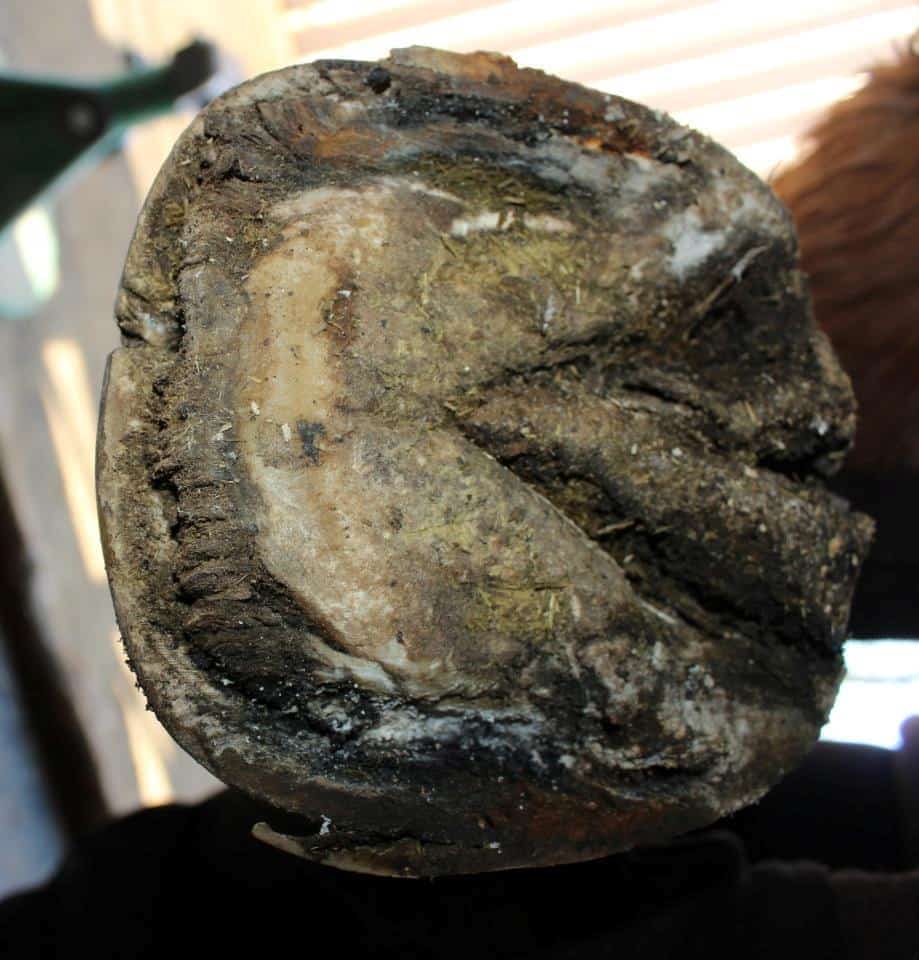Rehabilitating Horses with EMS-Associated Laminitis

“Equine metabolic syndrome (EMS) is one of the most common causes of laminitis,” she said. “Due to the diverse management issues, a comprehensive protocol is critical to successful rehabilitation. But many owners are unprepared to care for EMS horses at home.”
This is where Bicking’s management program comes in. She provides specialized care for affected horses until they’ve recovered enough for their owners to resume care. In doing so she follows five steps:
- Obtain a veterinary diagnosis of laminitis secondary to EMS;
- Feed a customized, low-glycemic diet;
- Provide corrective hoof trimming;
- Institute environmental corrections (e.g., a drylot and/or grazing muzzle); and
- Ensure caretaker compliance in all these areas.
To determine her success rate following this protocol, Bicking looked back at 110 horses she managed during the past nine years that had been diagnosed via blood tests with EMS-associated laminitis. She measured success based on improved radiographs, pain level, and body condition over time
Create a free account with TheHorse.com to view this content.
TheHorse.com is home to thousands of free articles about horse health care. In order to access some of our exclusive free content, you must be signed into TheHorse.com.
Start your free account today!
Already have an account?
and continue reading.

Written by:
Alexandra Beckstett
Related Articles
Stay on top of the most recent Horse Health news with















